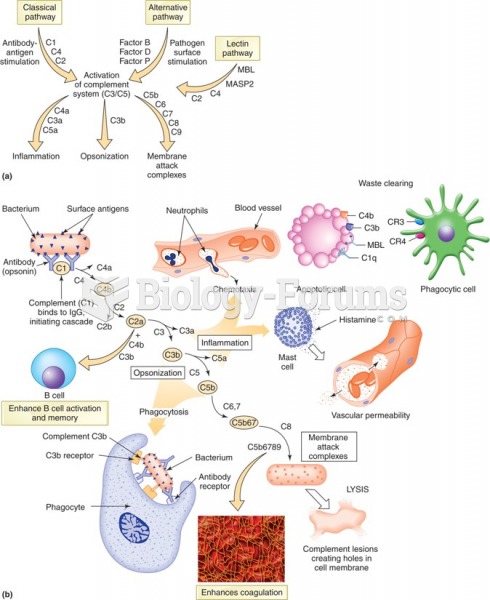|
|
|
The Babylonians wrote numbers in a system that used 60 as the base value rather than the number 10. They did not have a symbol for "zero."
Hippocrates noted that blood separates into four differently colored liquids when removed from the body and examined: a pure red liquid mixed with white liquid material with a yellow-colored froth at the top and a black substance that settles underneath; he named these the four humors (for blood, phlegm, yellow bile, and black bile).
Though the United States has largely rejected the metric system, it is used for currency, as in 100 pennies = 1 dollar. Previously, the British currency system was used, with measurements such as 12 pence to the shilling, and 20 shillings to the pound.
Human stomach acid is strong enough to dissolve small pieces of metal such as razor blades or staples.
Children of people with alcoholism are more inclined to drink alcohol or use hard drugs. In fact, they are 400 times more likely to use hard drugs than those who do not have a family history of alcohol addiction.
 An OBD-II active test. The PCM opens the EGR valve and then monitors the MAP sensor and/or engine ...
An OBD-II active test. The PCM opens the EGR valve and then monitors the MAP sensor and/or engine ...
 Three pathways of complement combined. (a) Figure shows a summary of how each pathway proceeds. (b) ...
Three pathways of complement combined. (a) Figure shows a summary of how each pathway proceeds. (b) ...





